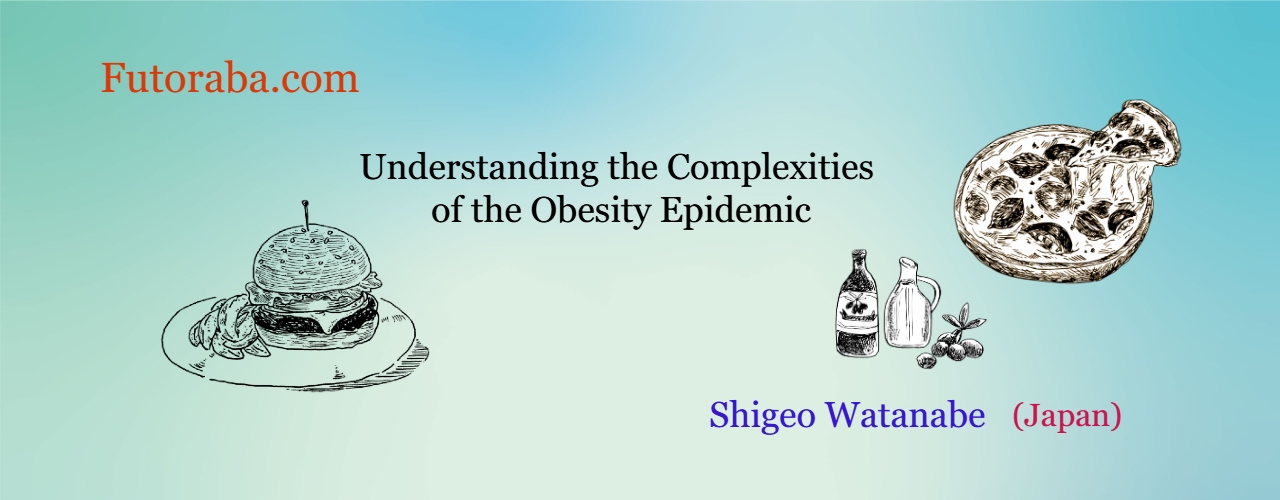Topics
09/24/2022
Why Does the Body Perceive That It Is More Starved than in the Past?
Contents
- How has our Japanese diet changed over the past fifty years?
- The Pima tribe who gained weight under rations, not prosperity
- The newer the diet in history, the less fit the body is
<End note>
1.How has our Japanese diet changed over the past fifty years?
I was born in 1970, about fifty years ago. That was when twenty-five years had passed since the end of the World WarⅡ, and Japan was in the midst of its rapid economic growth.
In retrospect, I feel that the food scene was quite different from what it is today. My parents were farmers in the country side of Osaka, growing rice and mushrooms. We also had about twenty chickens to get fresh eggs.
On the dining table in the morning, there was usually rice, miso soup, pickles, traditional stewed vegetables, and half-dried fish. I remember the family eating together.
Of course, we sometimes ate bread, but my father did physical labor, so rice was an essential part of breakfast.
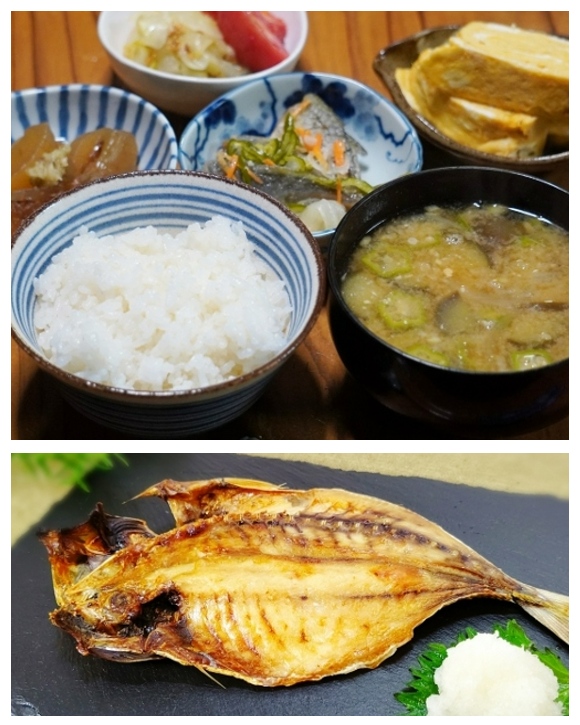
(Typical Japanese breakfast we used to have)
■The 1970s, when the dining scene changed dramatically
I think it was after 1970 that our dining landscape slowly changed. I had not been taken to restaurants much when I was a kid, but fast food restaurants and other restaurant chains opened one after another in all corners of Japan, and many people began to eat Western food.
McDonald's (since 1971), Kentucky Fried Chicken (since 1970) and family restaurants called Skylark (since 1970) were the most famous among them. In 1974, the first convenience stores (called Seven-Eleven) opened in Tokyo, followed by a rapid increase throughout the country. Instant foods such as cup noodles and frozen foods also increased rapidly, reflecting busy social conditions.

Even in the 1970s, school lunches already had bread as their side dish rather than rice (apparently at the behest of GHQ, which ruled after the war), and those of us who had grown accustomed to such a diet began to prefer bread, noodles, and other wheat-based foods even as adults.
Along with this, we liked to eat meat and (ultra-) processed foods rather than fish with bones.
We began to prefer soft foods to fibrous and hard foods, and the traditional vegetable stews that had been commonly eaten became less and less common.
Our lifestyles also changed dramatically. More and more people began to work at desks rather than at physical jobs. Nighttime lifestyles became the norm, and more people didn't even eat breakfast.
It was probably around this time that obesity began to increase in Japan. Nowadays, it is not unusual to see women over one hundred-kilograms on the streets.
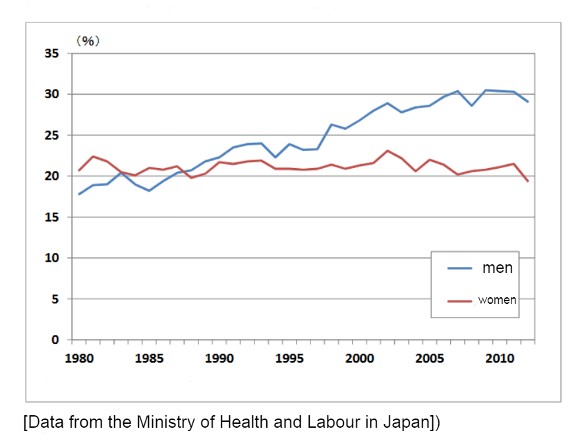
(Percentage of adults with a BMI of 25 or higher: In both men and women, it has been increasing since 1980
One might think that increased caloric intake was the cause of being overweight.
However, on a caloric basis, the average daily caloric intake of the population in 1970 was twenty-two-hundred kcal, yet in 2010 it had decreased to eighteen-hundred-fifty kcal. [1]
To explain this in my theory, the modern diet is often low in fiber and tends to favor easily digestible refined carbohydrates, processed meat and fish products, and fast food, etc., which can, in turn, induce a state of intestinal starvation based on how we combine the foods.
In particular, with changes in eating habits, such as having only two meals a day (skipping breakfast or lunch), light lunches, or late dinners, as well as dietary restrictions due to dieting, many people experience long periods of hunger, making intestinal starvation more likely to occur.
2. The Pima tribe who gained weight under rations, not prosperity
As an example of how obesity has increased as old traditional eating habits have declined and became westernized, I would like to cite a Native American tribe known as the Pima, although the situation is slightly different.
This is the second time I quote from Mr. Taubes' "Why We Get Fat," but this part is very important and may be the key to solving the problems of obesity, diabetes, and other diseases.
"Consider a Native American tribe in Arizona known as the Pima. Today the Pima may have the highest incidence of obesity and diabetes in the United States. Their plight is often evoked as an example of what happens when a traditional culture runs afoul of the toxic environment of modern America. (*snip*)
Between 1901 and 1905, two anthropologists(Russell and Hrdlička) independently studied the Pima, and both commented on how fat they were, particularly the women. (*snip)
Through the 1850s, the Pima had been extraordinarily successful hunters and farmers.

By the 1870s, the Pima were living through what they called the “years of famine.”(*snip*) The tribe was still raising what crops it could but was now relying on government rations for day-to-day sustenance.(*snip*)
What makes this observation so remarkable is that the Pima, at the time, had just gone from being among the most affluent Native American tribes to among the poorest.
Whatever made the Pima fat, prosperity and rising incomes had nothing to do with it; rather, the opposite seemed to be the case.
And if the government rations were simply excessive, making the famines a thing of the past, then why would the Pima get fat on the abundant rations and not on the abundant food they'd had prior to the famines? Perhaps the answer lies in the type of food being consumed, a question of quality rather than quantity.(*snip*)
So maybe the culprit was the type of food. The Pima were already eating everything “that enters into the dietary of the white man,” as Hrdlička said. This might have been key.
The Pima diet in 1900 had characteristics very similar to the diets many of us are eating a century later, but not in quantity, in quality."
(Gary Taubes. Why We Get Fat. New York: Anchor Books, 2011, Pages 19-23.)
[Related article] Wealthy Ones Get Fat? Poor Ones Get Fat?
In terms of food, I believe that Japanese people in 1970 were eating a lot of different kinds of food than today. There were no convenience stores, and the diet was based on mom's home cooking, with a variety of seasonal vegetables and fish.
In contrast, the modern diet is based on easily digestible carbohydrates and processed meat products, and the variety of food ingredients we eat seems to have decreased dramatically.
Many people are normally worried about gaining weight and are dieting, and then they occasionally splurge and eat high-calorie food as a reward. The situation is different, but if we focus on the inside of the intestines, I can say that it is the same as what happened to the Pima population.
3. The newer the diet in history, the less fit the body is
"The idea is that the longer a particular type of food has been part of the human diet, the more beneficial and less harmful it probably is— the better adapted we become to that food.
And if some food is new to human diets, or new in large quantities, it's likely that we haven't yet had time to adapt, and so it's doing us harm. (*snip*)
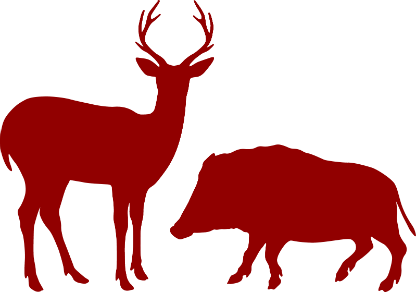
The obvious question is, what are the “conditions to which presumably we are genetically adapted”? As it turns out, what Donaldson assumed in 1919 is still the conventional wisdom today: our genes were effectively shaped by the two and a half million years during which our ancestors lived as hunters and gatherers prior to the introduction of agriculture twelve thousand years ago."
(Taubes. Why We Get Fat. Pages 163-4.)
I believe what the author tried to get across was that the modern diet of allowing large amounts of carbohydrates is not genetically compatible with our bodies, and that eating meat and its fat may be more compatible and less harmful to us on a genetic level.
I will quote this passage above to explain my intestinal starvation mechanism.
Suppose (and it makes more sense) that God created a genetic blueprint for people to "store body fat" in case they could not find food.
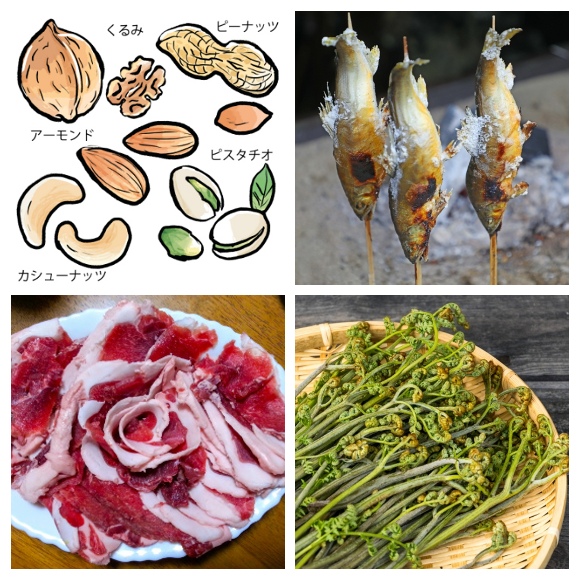
If the state of "no food" (starvation) was recognized when all food was digested in the entire intestinal tract, then during the hunting-and-gathering age and farming age when people ate wild boar meat, nuts, vegetables with tough cell walls, and unrefined grains, etc., their intestines would not have been in a state of complete starvation even if they couldn’t eat anything for a whole day (because of the long intestines).
In contrast, a modern diet high in quickly digested foods —such as refined wheat and rice, starches, processed meat and fish products, and fast food—can, depending on the combination, lead to a state of intestinal starvation in as little as half a day.
I believe it is the entire intestines (or it may be the small intestine only) that makes all the decisions, and it goes to show that inside the gut, many of us are starving more today than in the past.
References:
[1]Yasuo Kagawa(香川靖雄) , Clock Gene Diet (時計遺伝子ダイエット), 2012, Page 15.
End note
People sometimes say, "Japanese food culture is healthy by world standards," but I believe this to be a relic of the past until around the year 2000 at the latest. Now, I feel that traditional Japanese food culture is dying in the average household.
Children who grew up eating fast food are now in their fifties and sixties, and their children are now in their thirties. Thus, in about fifty to sixty years (about two generations), the opportunity to eat traditional foods will have faded away, and the food culture will change greatly.
And, with the shift in diet, it seems like that diseases such as diabetes, kidney disease, heart disease, cancer, and stroke, which were once not as common, are on the rise, just as they are in the Western countries.
